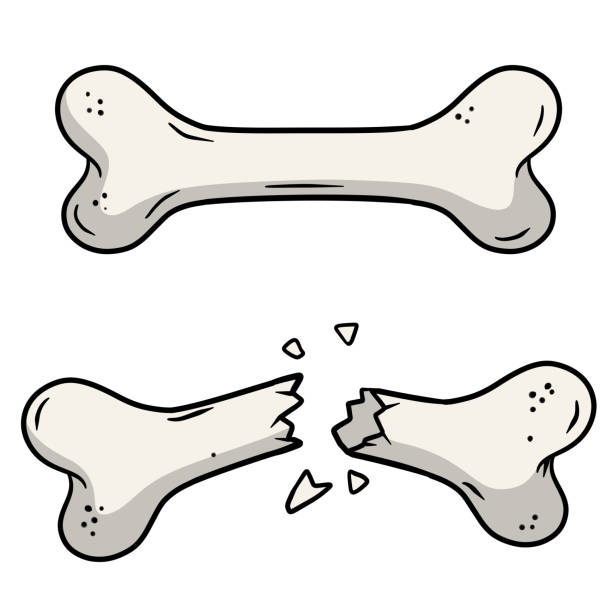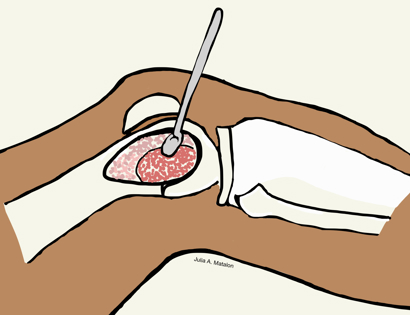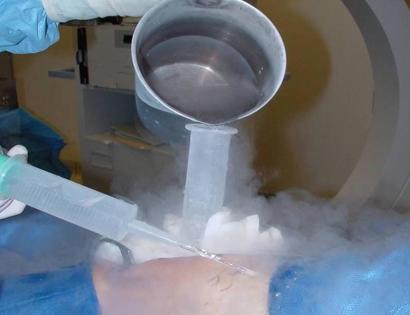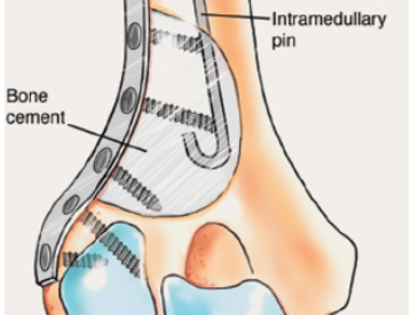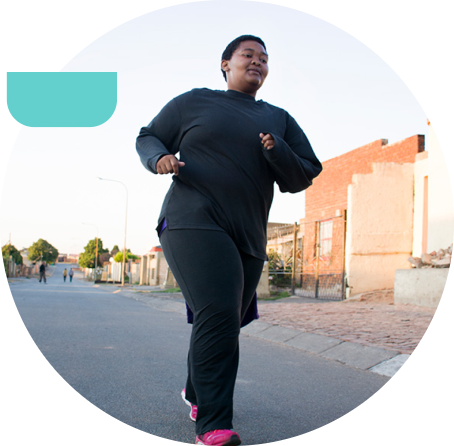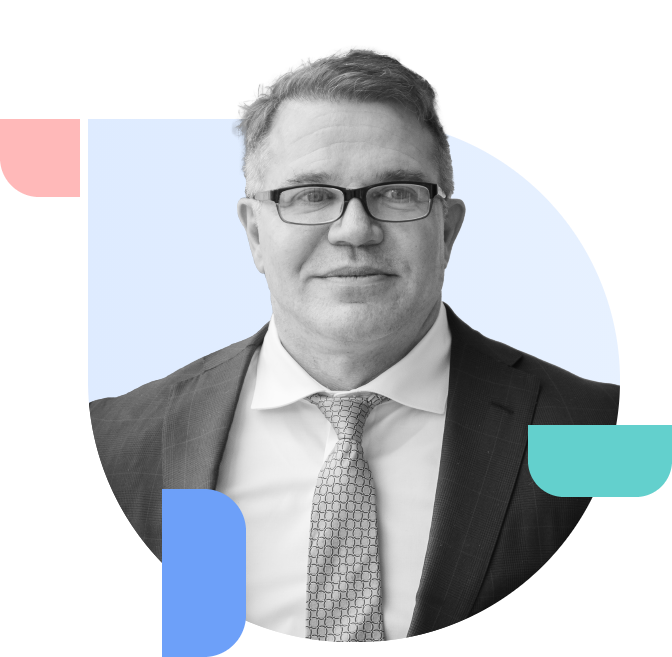Osteochondroma
The most common benign tumor, which constitutes 35% of all benign bone tumors, and 10% of all bone tumors overall. It is an overgrowth of the bone that happens at the end of the bone near the growth plate. It is made up of both bone and cartilage.






